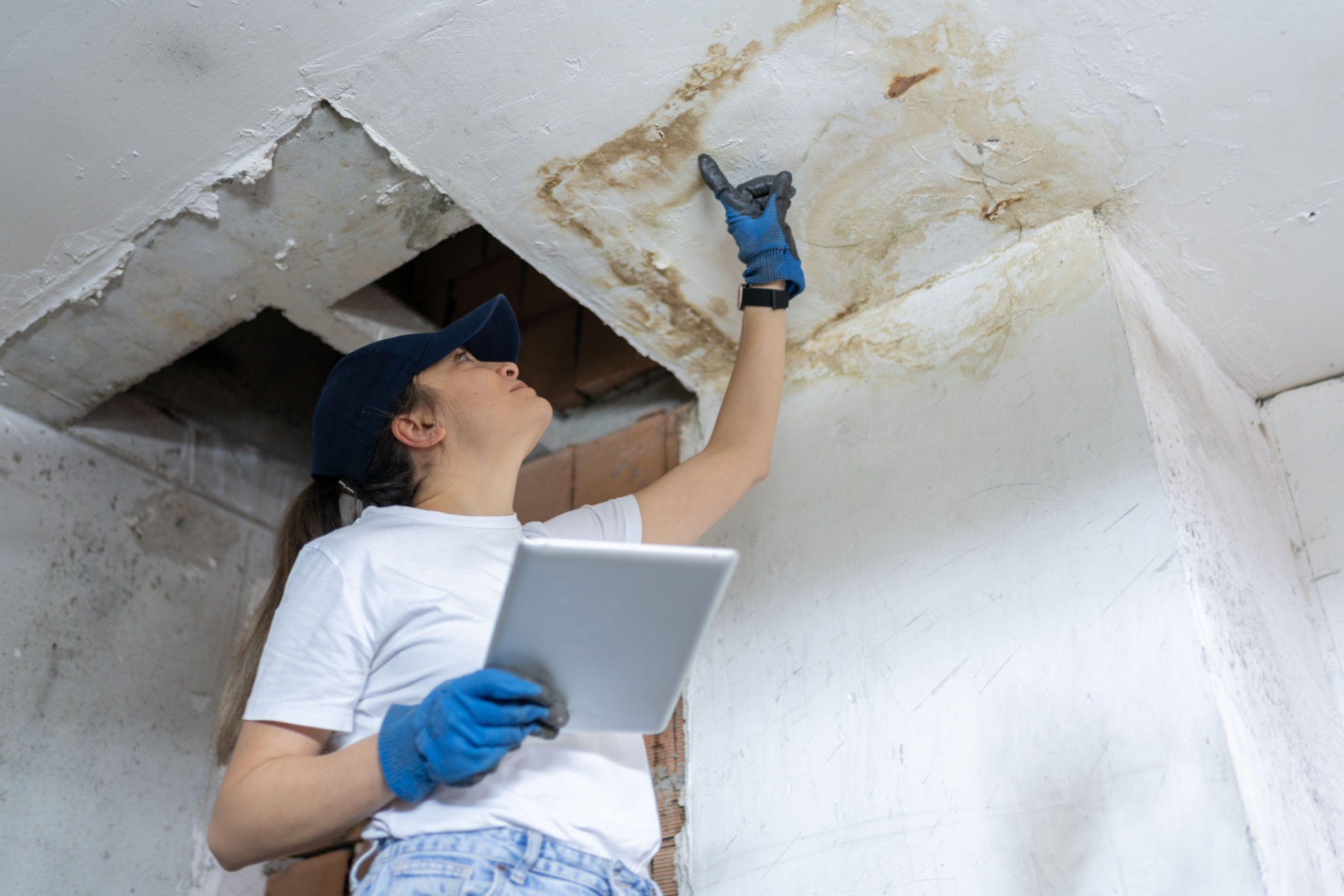The Ultimate Guide to Electrical Safety in Australian Homes
Understanding the Importance of Electrical Safety
Electricity is an essential part of modern living, powering our homes and enabling countless conveniences. However, it also poses significant hazards if not handled properly. Ensuring electrical safety in Australian homes is critical to prevent accidents, injuries, and even fatalities. By implementing some key measures, homeowners can safeguard their families and properties from electrical risks.

Identifying Common Electrical Hazards
Common electrical hazards in homes include exposed wires, overloaded circuits, and faulty appliances. Exposed wires can lead to electric shocks or fires, while overloaded circuits can cause overheating, potentially resulting in a fire. Faulty appliances might also lead to electrical fires or shocks. Being aware of these risks and taking preventive steps can protect your household from potential dangers.
Another common issue is the improper use of extension cords. Over-reliance on these cords can result in overheating, leading to fires. Instead, ensure that your home has sufficient power outlets to meet your needs without the need for excessive extension cords.
Implementing Safety Measures
To enhance electrical safety, it's vital to regularly inspect your home's electrical system. Look for signs of wear and tear, such as frayed wires or scorch marks around outlets. If you notice any damage, contact a licensed electrician to perform necessary repairs. It's always better to address issues early before they escalate into serious hazards.

Installing safety devices such as Residual Current Devices (RCDs) can provide an extra layer of protection. These devices are designed to cut off electricity in the event of a fault, significantly reducing the risk of electric shock or fire. Ensure that your home is equipped with RCDs, especially in areas with high moisture levels like bathrooms and kitchens.
Safe Use of Electrical Appliances
Electrical appliances should be used according to manufacturer instructions to prevent accidents. Avoid using appliances near water or with wet hands, as this increases the risk of electric shock. Always unplug appliances when not in use, especially those that generate heat, like irons and kettles.

Additionally, ensure that appliances are properly maintained and replaced when necessary. Old or damaged appliances can pose significant safety risks. If an appliance is showing signs of malfunction, such as unusual noises or excessive heat, stop using it immediately and have it inspected by a professional.
Educating Your Family
Educating family members about electrical safety is crucial. Teach children about the dangers of electricity and ensure they understand not to insert objects into outlets or touch electrical devices with wet hands. Consider installing childproof outlet covers to prevent accidents involving young children.
Regularly discuss emergency procedures with your family, such as how to safely exit the home in case of an electrical fire. Knowing what to do in an emergency can make all the difference in ensuring everyone's safety.
Conclusion
Electrical safety in Australian homes is a shared responsibility that requires vigilance and proactive measures. By identifying risks, implementing safety devices, and educating family members, homeowners can significantly reduce the likelihood of electrical accidents. Remember, when it comes to electricity, it's always better to be safe than sorry.
